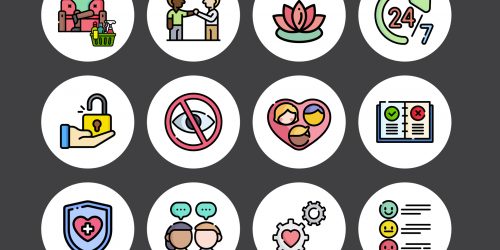Sex, scandal and scapegoats: Canada’s blood donation policy for sex workers
December 5, 2022 • By Andrew SorfleetOn May 27, 2022, Canadian Blood Services—the non-profit that manages Canada’s blood supply outside of Quebec—announced that the lifetime ban on blood donation for those who have traded sex for money would be reduced to one year pending approval from Health Canada. Their questionnaire has recently been updated to reflect this decision. They claim current evidence and available testing technology do not support the lifetime ban policy. This policy review came on the heels of outrage and criticism on Twitter in late 2021 by sex workers who had faced discrimination when trying to donate blood. Addressing discrimination on the basis...






